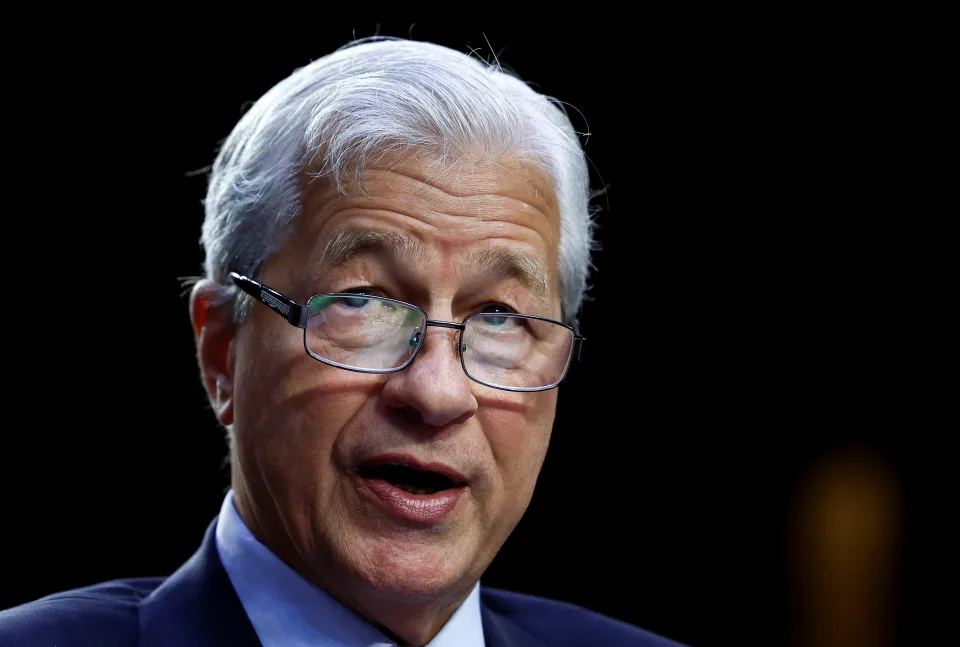The final consumer price index of 2022 is due out Thursday morning, and is expected to show prices rose 6.5% over the prior year in December.
As 2022 began, the inflation conversation was centered on whether a rise in prices would prove to be “transitory.”
The answer was definitive: Inflation was not transitory.
So as 2023 begins, conversations now focus on how entrenched inflation pressures have become and how far the Federal Reserve may need to go to cut them off.
Take comments from JPMorgan (JPM) CEO Jamie Dimon, for instance, who said in an interview this week the Fed “may very well” raise interest rates to 6% in order to bring inflation “to where it needs to be.”
The latest Fed forecasts suggest rates will top out at 5.1% this year.
And just as inflation offered investors persistent surprises in 2022, it is set to do the same in the new year. Only this time, the surprises will be in the opposite direction.
In a note to clients published earlier this week, Ian Shepherdson at Pantheon Macroeconomics explored a question he’s gotten from clients recently: Is inflation going to eventually be negative this year?
In Shepherdson’s view, the path to getting headline inflation as measured by the CPI from 6.5% to below 0% is unlikely.
But the economist does see the Fed’s expectations for price changes being wrong again this year, except this time the central bank will be too pessimistic about how much price increases slow.
A drop in rents and margins should bring core inflation growth to a monthly rate of 0.2% by the middle of the year. Meanwhile, absent another spike in oil prices, gasoline prices could be some 30% lower than the prior year come early summer, Shepherdson notes.
Moreover, food prices, which rose 12% over last year in November, should moderate significantly as food commodity prices drop, with price increases for food at home approaching 0% by the end of 2023.
“We have no problem making our base case that inflation undershoots the path implied by the Fed’s forecasts, but a dip below zero is a long shot,” Shepherdson wrote. “It’s not impossible, but it is a distraction from the bigger point, which is that the Fed will have to recognize that inflation pressure is fading faster than they expect, regardless of whether the final destination is 2%, zero, or -2%.”
In 2022, just about anyone who said the Federal Reserve would be wrong on inflation turned out to be right: Inflation rose at the fastest pace in 40 years and the central bank was playing catch-up all the way.
And if Shepherdson’s view turns out to be right this year, the central bank will be scrambling once again.
But this time in the opposite direction.
“Chair Powell has made it abundantly clear that the Fed will not be front-running the coming drop in inflation,” Shepherdson wrote, “but neither will they be able to ignore it once it becomes clear to markets that the downshift is real.”

